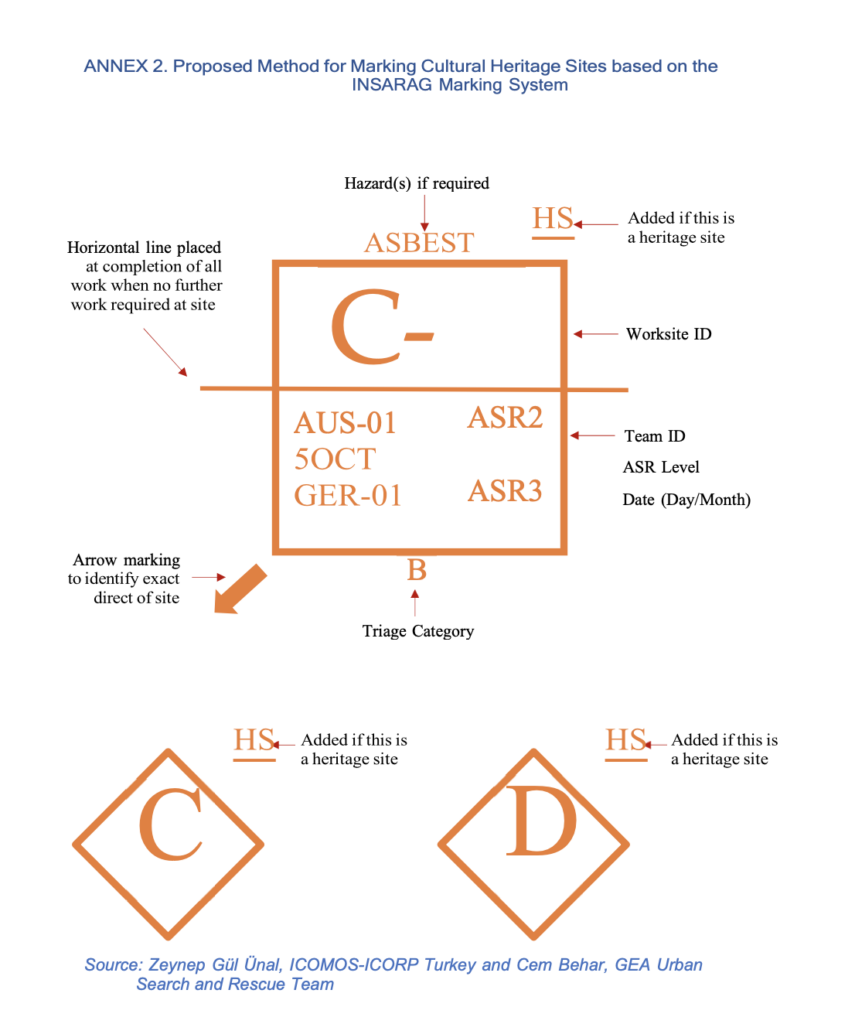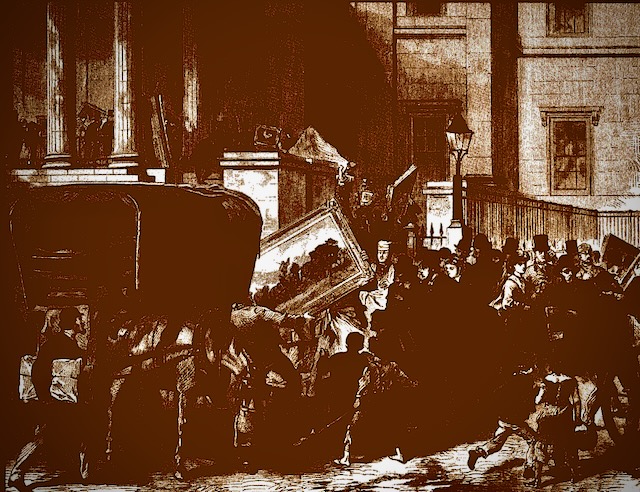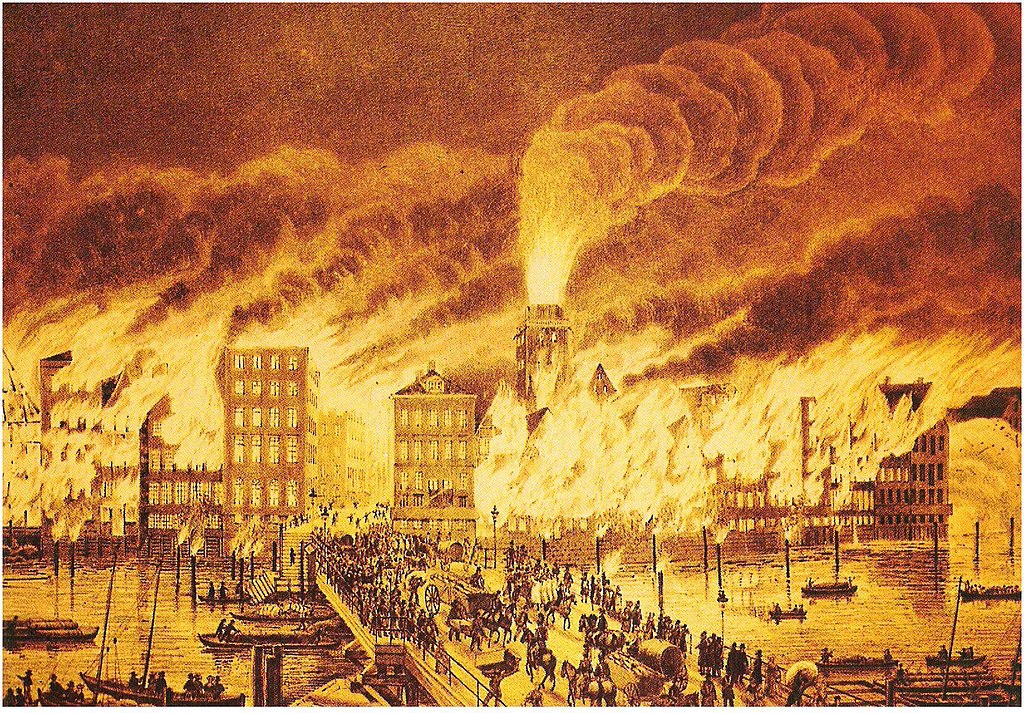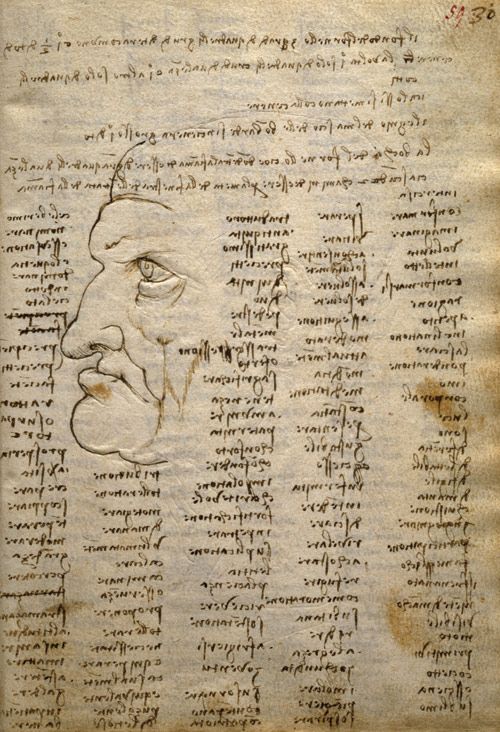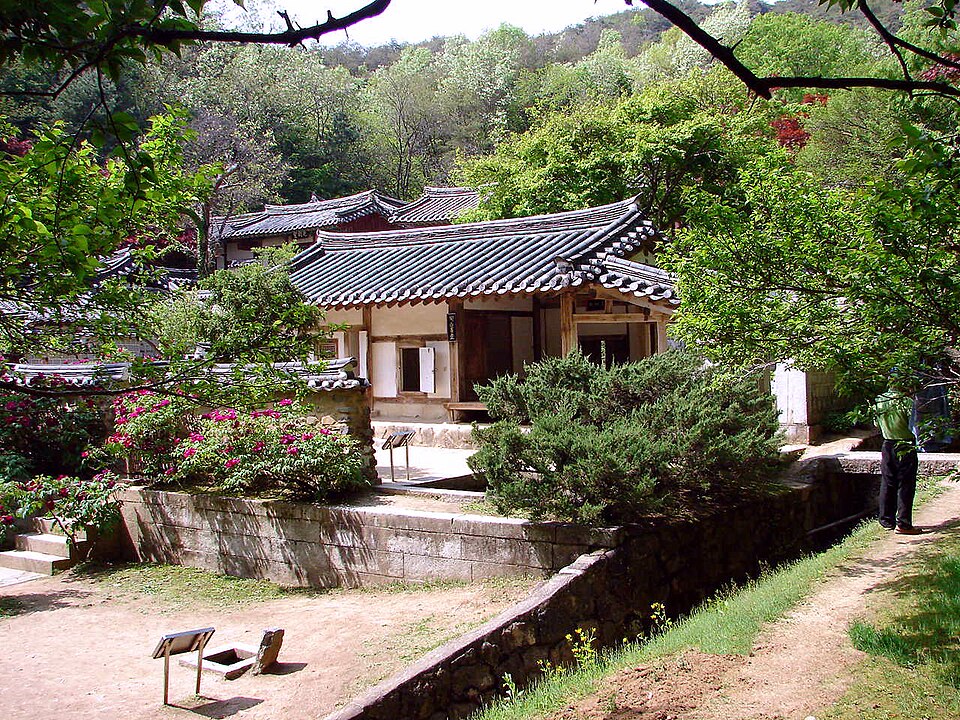Search and Rescue in Heritage Sites: a Joint Document
This collaborative effort is a significant milestone in the preservation and protection of cultural heritage sites during times of crisis.
In a groundbreaking collaboration, the International Search and Rescue Advisory Group (INSARAG) of the United Nations Office for the Coordination of Humanitarian Affairs (OCHA), the United Nations Educational, Scientific and Cultural Organization (UNESCO), and the International Centre for the Study of the Preservation and Restoration of Cultural Property (ICCROM) have joined forces to develop a landmark Guidance Note on Urban Search and Rescue at Heritage Sites. This partnership brings together leading experts in the field to provide much-needed guidance for rescuers and cultural heritage professionals alike.
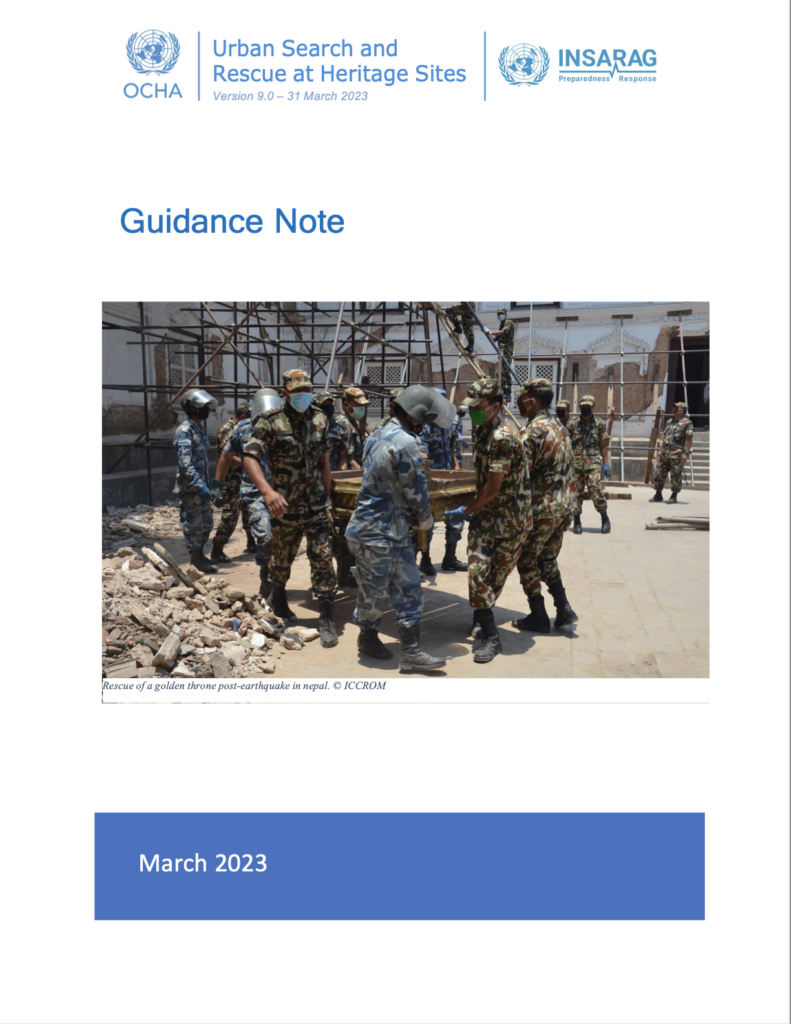
The development of this document is the result of a close collaboration between INSARAG, UNESCO, ICCROM, and subject area experts, including the International Scientific Committee on Risk Preparedness Turkey (ICOMOS-ICORP Turkey) and the GEA Search and Rescue Team (GEA-SAR). The Guidance Note has been reviewed and endorsed by INSARAG’s Flexible Response Working Group, further underscoring its relevance and authority in the field. This collaborative effort is a significant milestone in the preservation and protection of cultural heritage sites during times of crisis. By providing a comprehensive framework for Urban Search and Rescue operations at these sensitive locations, the Guidance Note ensures that the necessary steps are taken to minimize damage and preserve the cultural significance of these sites.
The Guidance Note is the result of a collective effort by leading experts in the field, who have shared their knowledge and expertise to produce a document that will be invaluable to rescuers and cultural heritage professionals worldwide. It is a testament to the power of collaboration and the commitment to protecting our cultural heritage in times of crisis.
In the operations phase of a disaster response, international USAR Teams perform search and rescue operations in the affected country. This phase begins with the Team’s arrival at the Reception/Departure Centre (RDC) and registration with the On Site Operations Coordination Centre (OSOCC). The Team then reports to the Local Emergency Management Agency (LEMA) or National Disaster Management Authority (NDMA) and begins performing USAR operations. The phase ends when the Team is instructed to cease operations.
To ensure that heritage sites are protected during search and rescue operations, additional procedures have been established. These procedures include:
- Designated person in the USAR Team indicating if they have an expert member on built heritage construction types and historical sites in their Team Fact Sheet. This information is shared with RDC to inform sectorisation mapping.
- Marking of boundaries of heritage sites and locations of significant historical structures on sectorisation maps.
- Taking overall photos of heritage sites before carrying out search and rescue operations to illustrate the status of affected heritage structures and other heritage elements. These photos are shared with LEMA in the demobilisation phase.
- Conveying all heritage specific information to UCC/OSOCC, which is then communicated to LEMA or NDMA.
- Visible signage indicating the heritage status of the site being left after search and rescue operations to avoid further damage during debris removal.
- LEMA providing basic information on the nature and significance of heritage assets involved during sectorisation planning.
- LEMA, in consultation with relevant authorities, providing inputs from heritage professionals and CFA Teams for facilitating search and rescue and taking appropriate measures to ensure safety and security at the heritage site.
- LEMA providing necessary supplies such as caution tapes, barriers, etc., for securing the site according to the findings of the search and rescue operation.
- CHA receiving relevant information regarding cultural heritage concerns and providing necessary feedback using both online platforms and/or by being present at the location of UCC.
- CFA or heritage professionals appointed as the contact person by the CHA liaising with the designated person in LEMA to provide necessary supplies, including signage for securing heritage sites, once search and rescue is over.
- The designated person in the USAR Team transmitting damage and risk information for cultural heritage collected at the worksite to the designated contact person at UCC, who will communicate this information to CHA and their designated person. This information helps plan cultural heritage first aid in the Beyond the Rubble phase.
These procedures are in place to ensure that damage to heritage sites is minimized and their safety and security are not threatened further during search and rescue operations.
In conclusion, the development of this Guidance Note on Urban Search and Rescue at Heritage Sites is a significant achievement that highlights the importance of interagency cooperation and subject area expertise. It underscores the critical need for effective collaboration to ensure the preservation and protection of cultural heritage sites during times of crisis, and serves as a model for future collaborative efforts in this field.
